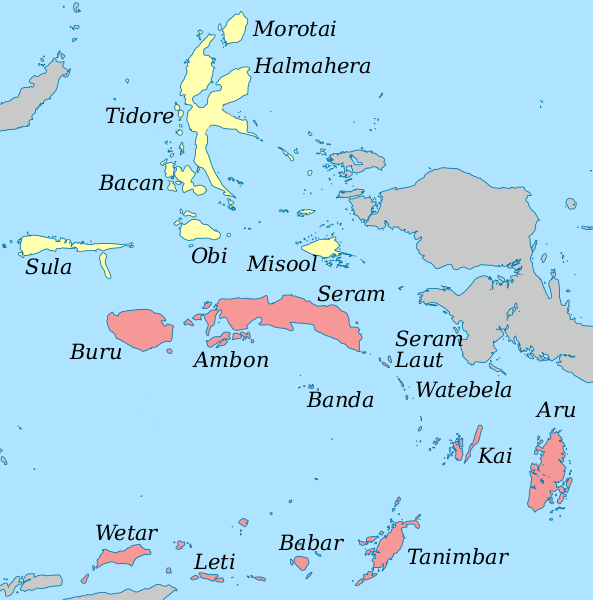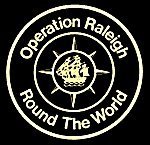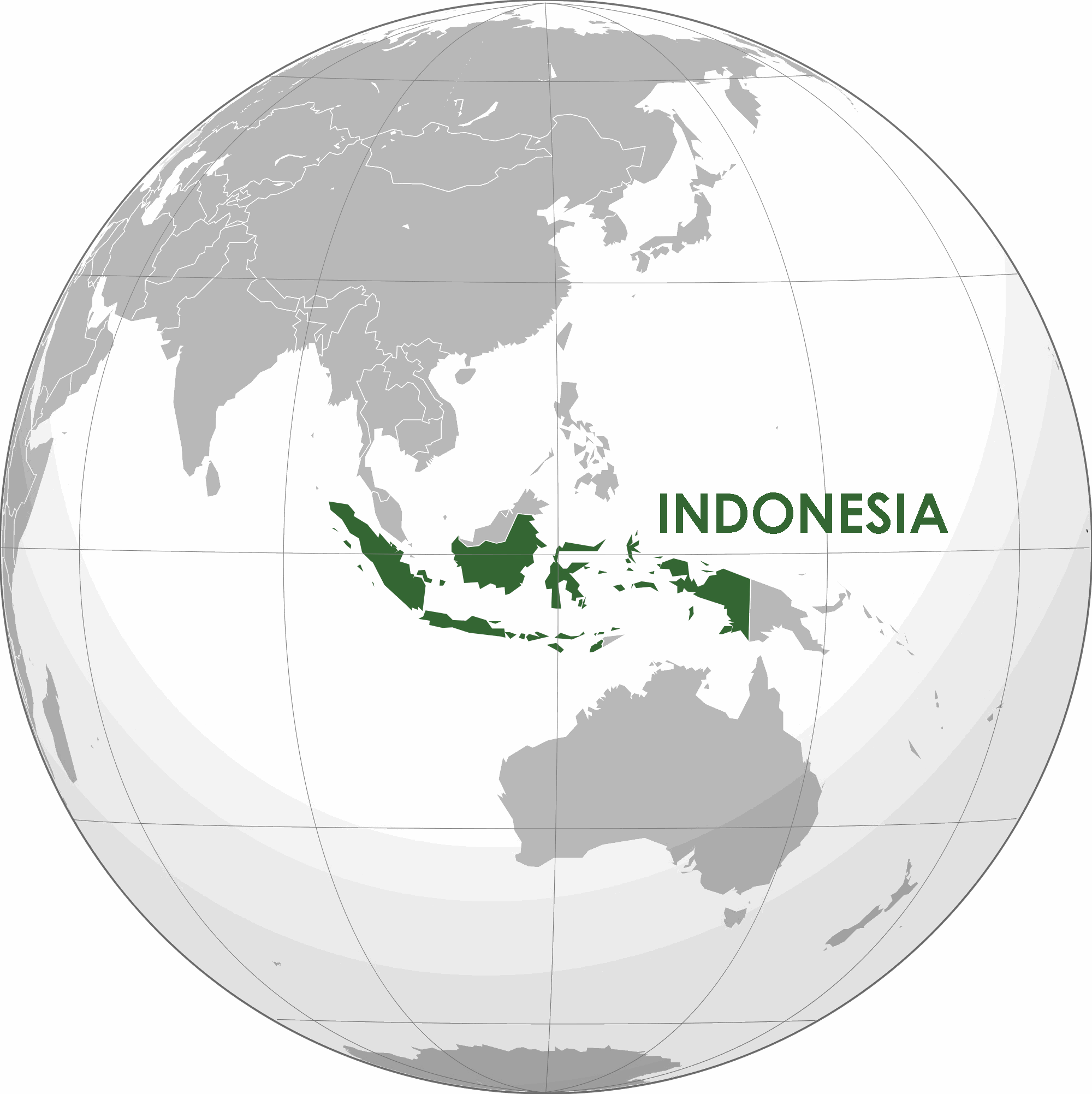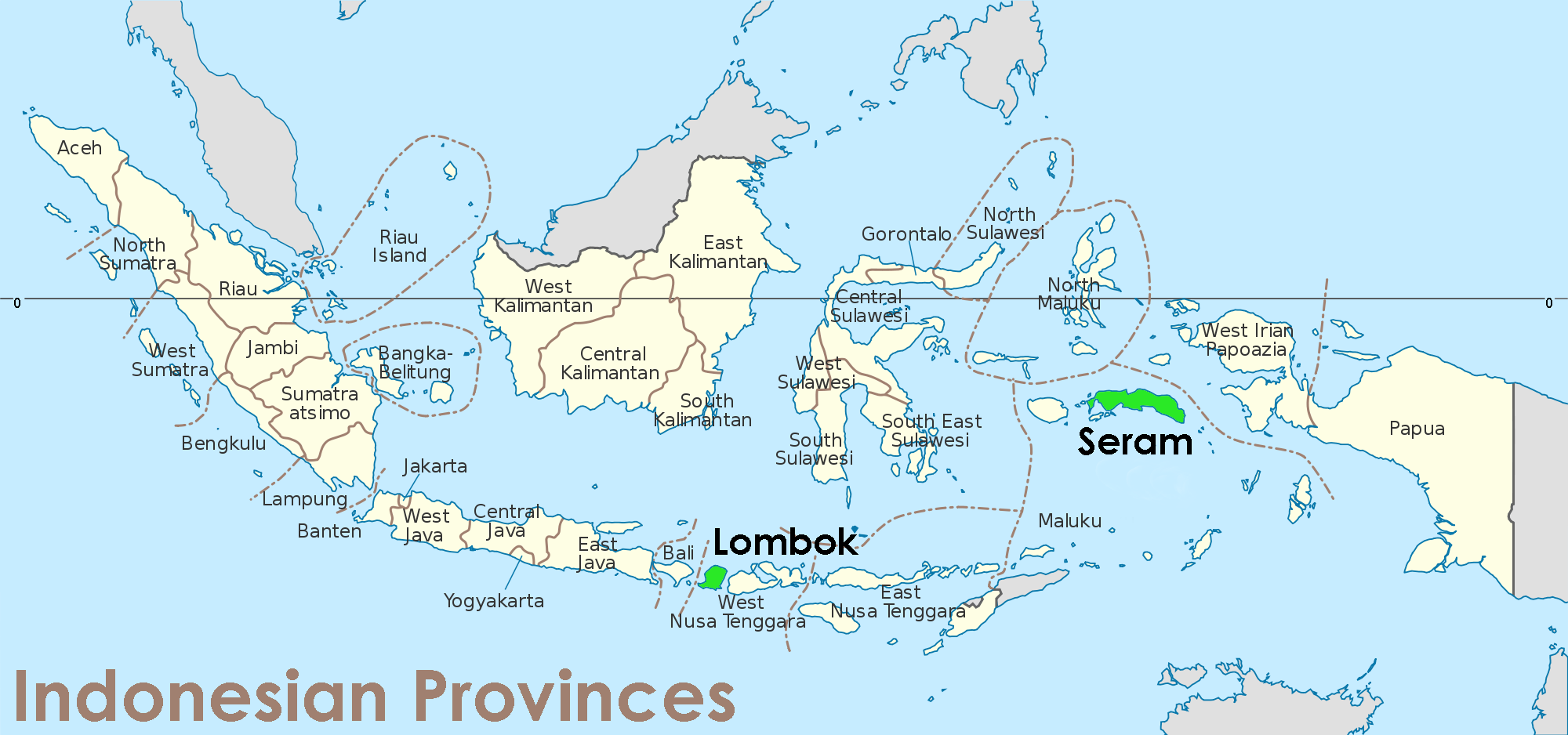Seram (formerly Ceram) is an island in the Maluku Province of Indonesia. The Maluku Islands, also known as the Moluccas or Moluccan Islands, consist of a group of roughly 1,000 islands. These are the famous ‘ spice islands’ which drew Indian, Chinese, Arab and eventually European traders in search of nutmeg, mace, cloves and several other valuable spices. Until the 16th century such spices were worth their weight in gold and grew nowhere else. The name Maluku is thought to have been derived from the Arab trader’s term for the region, Jazirat al-Muluk, ‘the island of the kings’.
 About 2 million people live in the Maluku Province, less than 1% of Indonesia’s population. The largest two islands, Halmahera and Seram are sparsely populated. Cloves and nutmeg are still cultivated, as are cocoa, coffee and fruit. Fishing is a big industry across the islands but particularly around Halmahera and Bacan. The Aru Islands produce pearls, and Seram exports lobsters. Logging is a significant industry on the larger islands with Seram producing ironwood and Buru producing teak and ebony. The main gateway into Maluku is through the provincial capital Ambon, which is served by regular flights to most parts of the archipelago.
About 2 million people live in the Maluku Province, less than 1% of Indonesia’s population. The largest two islands, Halmahera and Seram are sparsely populated. Cloves and nutmeg are still cultivated, as are cocoa, coffee and fruit. Fishing is a big industry across the islands but particularly around Halmahera and Bacan. The Aru Islands produce pearls, and Seram exports lobsters. Logging is a significant industry on the larger islands with Seram producing ironwood and Buru producing teak and ebony. The main gateway into Maluku is through the provincial capital Ambon, which is served by regular flights to most parts of the archipelago.
The majority of the islands are forested and mountainous, some with active volcanoes. Each island group have their own climatic variations. The Tanimbar Islands are dry and hilly, while the Aru Islands are flat and swampy. The larger islands tend to have drier coastal lowlands and their mountainous hinterlands are wetter. Mount Binaia (3027m) on Seram is the highest mountain. Most central Moluccans consider Seram to be their original ancestral home and it is still known colloquially as Nusa Ina (Mother Island).
Map of the Indonesian Provinces showing the location of Seram (Operation Raleigh) and Lombok (more adventures following on from Operation Raleigh).


